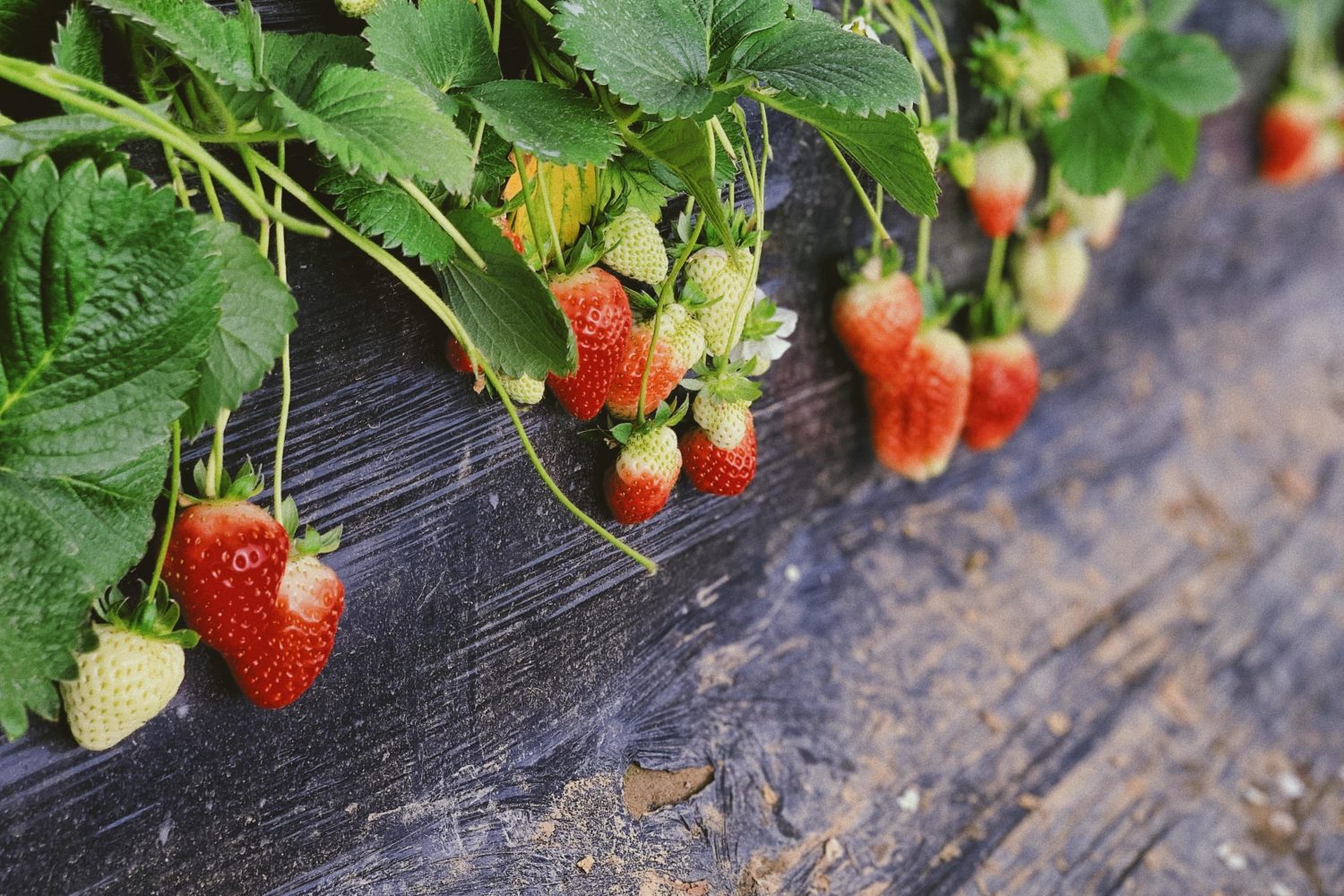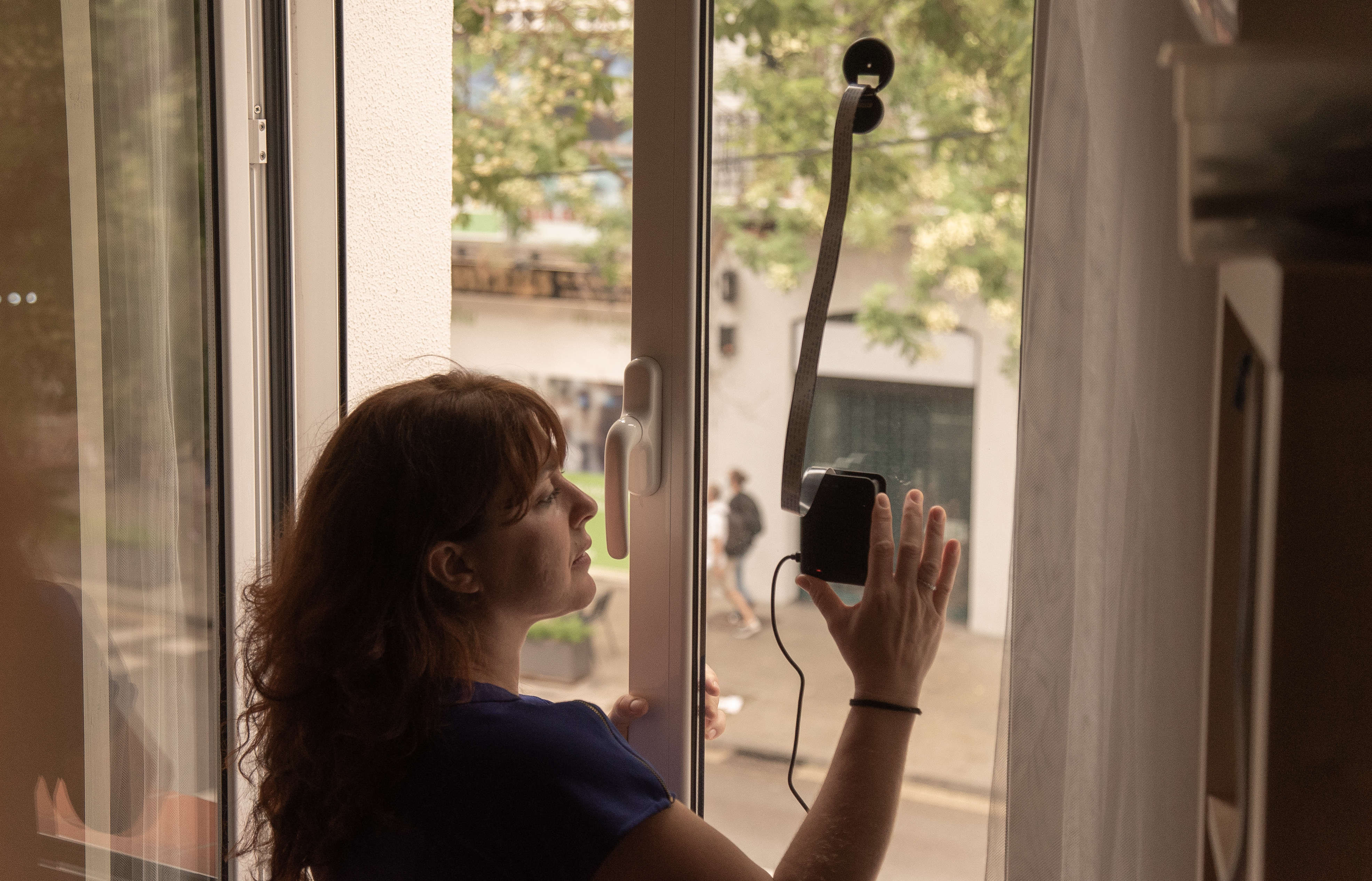
Strawberries are not just for eating!

When one thinks of strawberries, summer picnics, cakes, and other delicious food usually spring to mind. However, it seems the red fruit are not just a tasty treat, the plants also function as effective air quality monitoring tools.
The WeCount Barcelona pilot led by Ideas for Change, is using strawberry plants to measure air quality in Barcelona and Madrid. The scheme, a second edition of the Vigilantes del Aire project (a campaign which has been deploying strawberry plants since 2019), builds on Antwerp University’s Airbezen design which conducted similar work in Belgium, and other European nations.
Early in October, 1,000 pots of strawberry plants were delivered to residents of the two Spanish cities, where they will remain on their balconies for 3 months. The project, which has become somewhat of a media sensation, is proving incredibly successful.
So how does a strawberry plant detect air pollution? The plants serve as monitoring devices, accumulating air particles, and by applying biomagnetic techniques, the polluting compounds can be identified.
If you want to get really technical, magnetic monitoring of strawberry leaves, based on Saturation Isothermal Remnant Magnetization (SIRM) provides a measure for estimating the concentration of ambient particulate matter (PM) in the air. By placing the plants on individuals’ balconies over 3-months, WeCount will be able to gauge the level of pollution they have been exposed to.
Using strawberry plants is a technique which has been proved reliably measure air quality. However, WeCount’s project is also triangulating this data with that collected by Telraam sensors- which have been erected in residents’ windows since June- to provide a comprehensive understanding of the air pollution in the cities. It is a major citizen science feat!

Over the last several months, WeCount has been redoubling their efforts to engage citizen scientists from home, in the face of COVID-19 restrictions. Indeed, at a recent webinar, one of the coordinators of the Barcelona pilot, Giovanni Maccani, discussed how new and innovative ways of engaging and training participants remotely have been established. The pilot delivered online “help clinics” to coach participants with installation, encouraging children and their parents to engage in the project together.
As this latest scheme gets underway, WeCount is adding to the wave of innovative and excitingstrategies which are bringing citizen science to the forefront of scientific research. Who knows what else we will use to measure air quality next…stay tuned to find out!